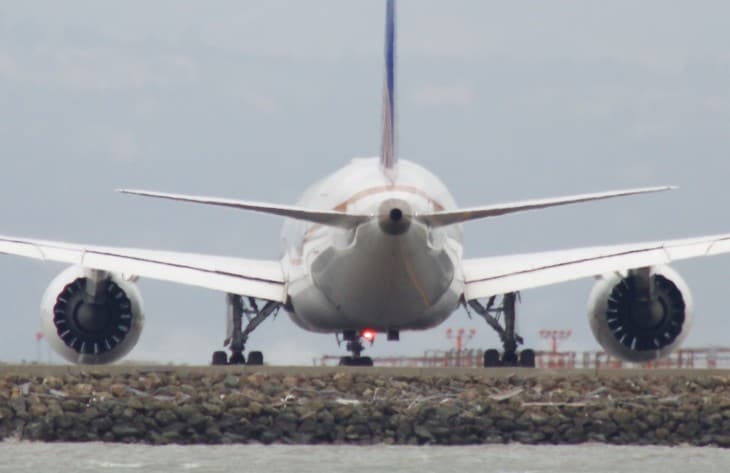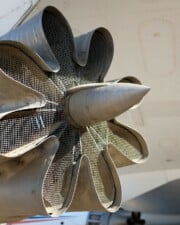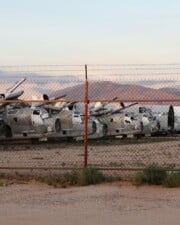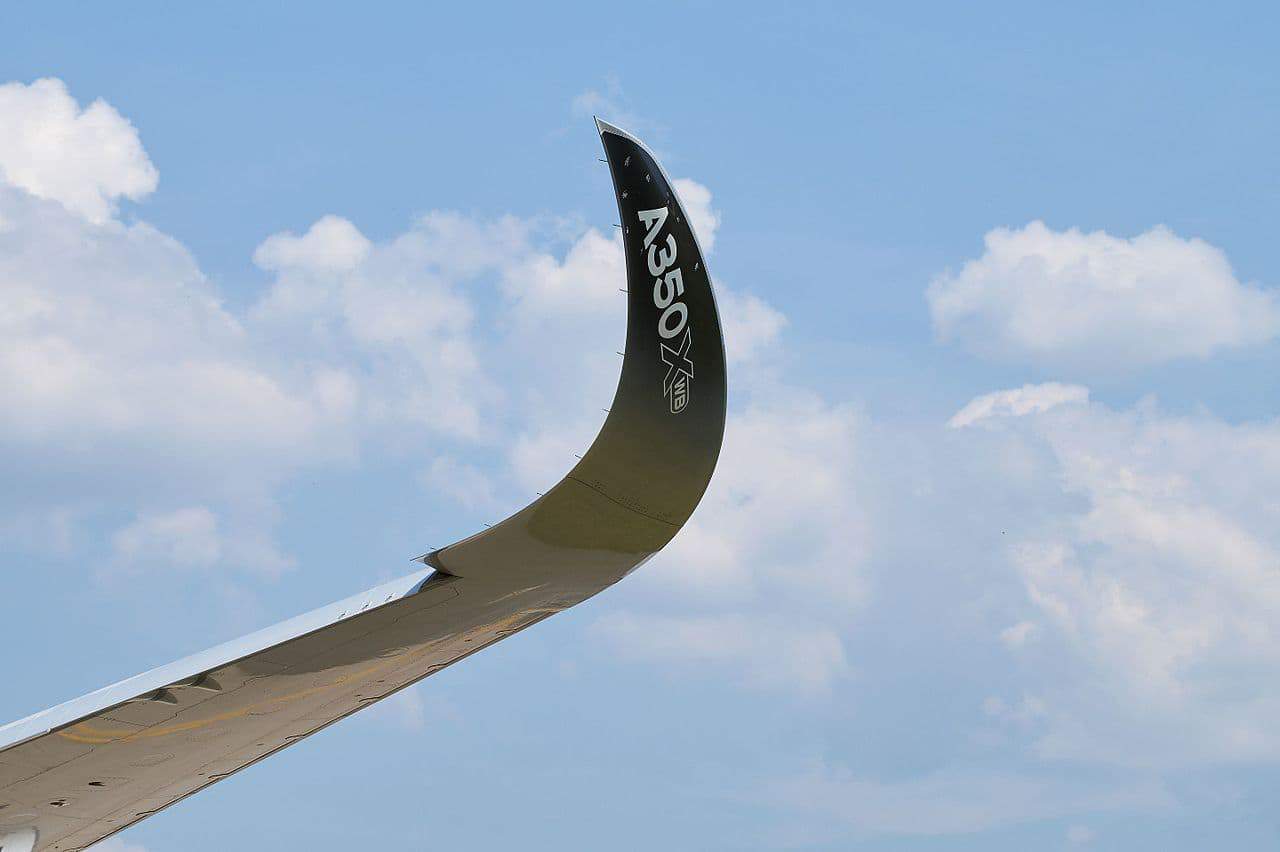Have you ever sat on an airliner and wondered where the power comes from? Everything is electric, from the reading lights to the entertainment screens. It’s relatively easy to see how the enormous turbine engines produce thrust. But the power and hot air produced by those Jet-A guzzling monsters are used to power many onboard systems, including hydraulics, pressurization, deicing, and electrical.
Like most engine-driven vehicles, airplanes generate electricity using either an alternator or generator. These devices use the engine’s rotational power to spin magnets mounted within a field coil, which produces electricity.
Electricity on Airplanes
While it’s not necessary for flight or the aircraft’s movement, the electrical system of an airplane is still one of the most critical systems onboard. Electricity is used for safety equipment, many cockpit instruments, environmental systems, and entertainment functions.
For the pilot, how critical electricity is for the airplane depends on the aircraft design. Many airplanes do not have any electrical system at all. Ultralights, or classic planes like the J-3 Cub, don’t need power because they don’t have any electronics.
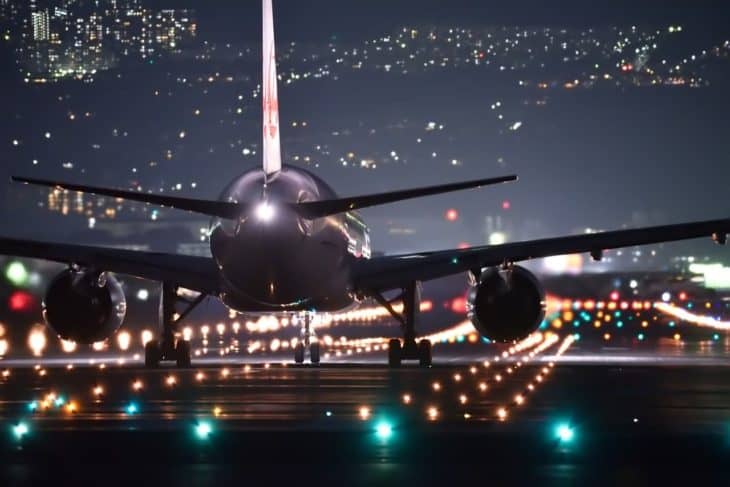
One of the most significant limitations on these simple airplanes is that they don’t have lights. Lights need electricity, so an aircraft without an electrical system can’t operate at night. It also can’t have any built-in radios, though the pilots can carry a rechargeable handheld unit.
If an airplane doesn’t have a generator or alternator, it won’t need a battery or all of that wiring. It’s a good way to make a simple plane lighter and less expensive to operate.
But if a plane doesn’t have a battery, then it doesn’t have a starter either. Very small planes can be safely hand propped to start them, but this is not the flying most people are used to doing. Most pilots want to hop in the cockpit and turn the key, just like in our cars.
Types of Electricity
The power generated on an aircraft is used to charge a battery and run small electronics. As such, it is much more like the power generated by your car than what comes out of the outlets in your home.
If power is being used to charge a battery, it must be direct current (DC). In our homes, electricity is usually transmitted using alternating current (AC). AC power transmits more volts at lower amperages, but it cannot be used to charge batteries or run sensitive electronics. In our homes, we have to use power converters to make AC power into DC power.
Direct current system voltages are commonly based on battery sizes. The two most common are 14-volt systems to charge 12-volt batteries or 28-volt systems for 24-volt batteries.
Alternating current is usually produced in standard household amounts, which is 120V for North America and 220-240V in most other parts of the world.
Airplanes generate DC power from the beginning. This way, it can be connected directly to the battery for charging and used in radios and electronics. Both 14 and 28 volt systems are common.
If the airplane is very large, like an airliner, and needs a lot of power for passenger outlets and environmental systems, it will have systems to generate both AC and DC power. DC power is still used for all of the critical flight equipment.
Alternators
Having even a little bit of power helps. Most small aircraft have an alternator, just like cars do. The alternator charges a battery, which is used to store energy to help start the airplane and run equipment if the alternator fails.
The electrical system of aircraft can be divided into four parts. There needs to be something generating the electricity, a battery to store the energy, a way to distribute the power, and finally items on board that use the power. Pilots learn each component of their aircraft’s system so that they can troubleshoot problems that might arise.
Alternators are now the most common way of generating power in piston-engine airplanes.
Small aircraft use electrical power for several things. The primary uses are for lights, communication radios, and navigational equipment. Just like a car, these systems produce a limited amount of power.
Some planes use more electricity than others. Generally, the more fancy electronics you see in the cockpit, the more vital electricity is. Autopilots use electrical servos to move the flight controls. Some planes use electrical power to retract and extend the landing gear, or to extend the flaps. These are more significant examples of power consumers, and it makes it clear why pilots should be well versed in emergency procedures should the power fail.

Generators
A generator creates direct current electricity. The disadvantage of a generator is that it needs to spin at a fast constant speed to make power. In a small aircraft, whose engine speed goes up and down during flight, generators are less than optimal.
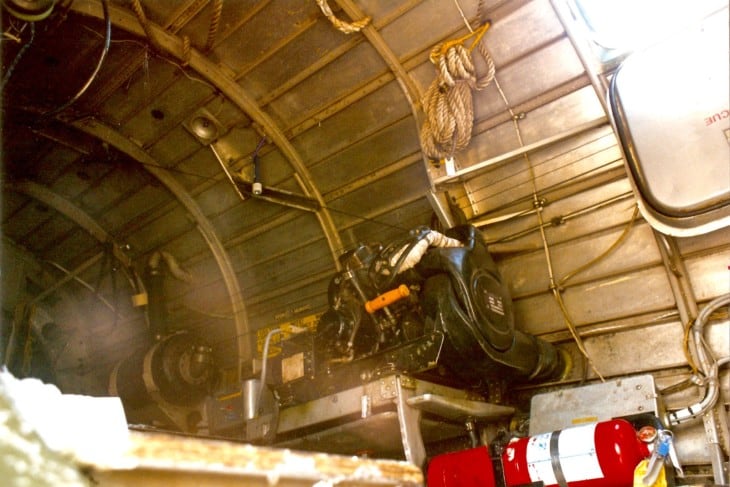
Some older planes had generators on board, and they had limitations on their operation to make the system work. For example, if the plane idled on the tarmac for too long before takeoff, the generator would be unable to supply enough power to keep the batteries charged.
Generators are more common on jet-powered airplanes. Generators can be used as starters too. Battery power is used to spin the generator, which spins the engine up for starting. Once the engine is running, the engine spins the generator to make electricity.
APUs
Airliners and large turbine airplanes require a lot of power. Also, the battery power alone is not enough to spin up a large jet engine to get it started.

To fix these problems, jets are commonly equipped with an auxiliary power unit (APU). These are small turbine engines mounted in the tail section, which run power generators and create bleed air. These require far less power to start up, so they can be started with batteries.
But they are big enough to make electricity to use in the plane and recharge those batteries. They also make bleed air, just like the main engines, which can help start the main engines. They also use their bleed air for environmental systems.
GPUs
Ground power units (GPUs) are used on the tarmac to help airplanes start if their batteries are dead. In some instances, they’re used like jumper cables for planes.
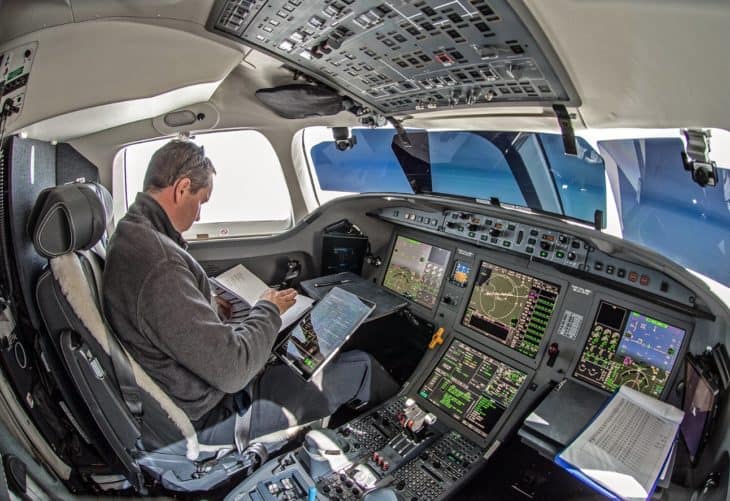
But they’re also used to provide electricity to a plane without running the engines. Running the motors is expensive and burns fuel. If the aircraft is sitting for a while, the GPU can be used to provide cheap power. This is great if the pilots are programming navigational equipment, or the passengers need the air conditioning or heating left on.
GPUs are commonly called “ground carts.”
Emergency Procedures
The most important thing to remember is that most airplanes are designed in a way that one failure will not be a critical problem. On planes with only one alternator, no equipment vital to flight should fail.
Unlike cars, which use the alternator and battery to produce the engine’s ignition spark, planes use separate magnetos to do the job. In most cars, if the alternator fails the engine will die after the battery is drained. But pilots can even turn their electrical power off in flight without risking the engine stopping. The engine requires no electrical power to run.
Consumers connected to the electrical system are either not critical to flight (like flaps and electronics), or they have battery backups.
Many newer planes have computer-controlled engines called FADEC (full-authority digital engine control). These systems use redundant electric computers to control engine parameters. Since an electrical system failure would mean engine failure, these computers have their own batteries.

The electrical system is one part of the plane that pilots need to be well versed in. If they lose their power generation capability, what will fail once the batteries are drained? How long can they safely stay aloft on the battery alone? If the plane has FADEC engines, how long will the engines run on their backup batteries?
These are the sort of questions pilots must be able to answer when learning to fly a new plane. Every system is designed a little differently, and the pilot must know all the intricacies.
Related Posts
